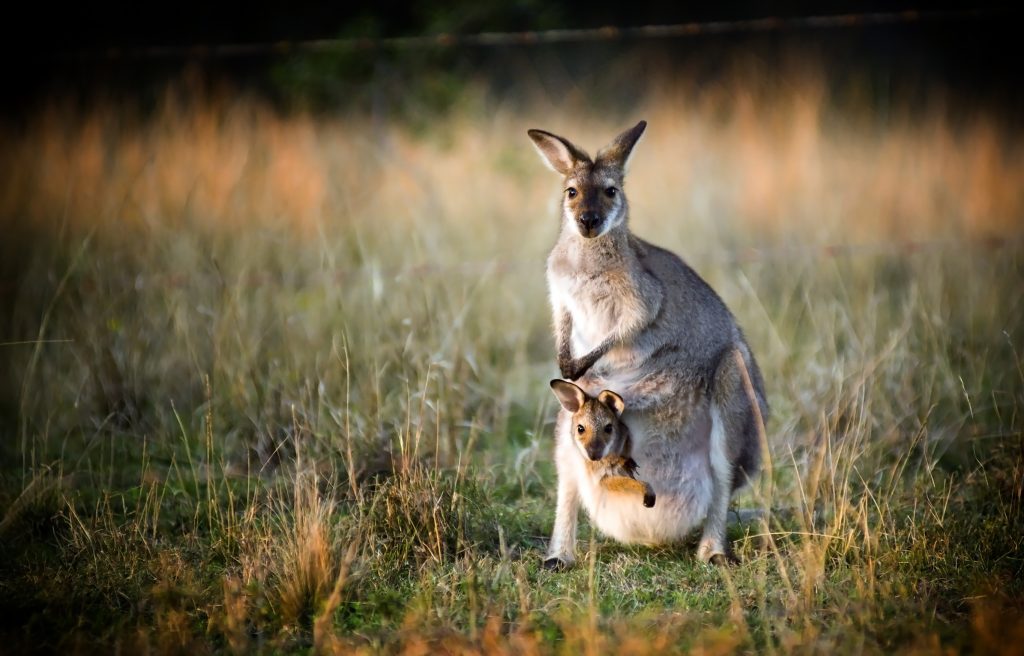The Flemish government in Belgium has notified the EU Parliament that it intends to ban the sale of kangaroo meat or products in the Flanders region.
According to the decree from the Flemish government, the ban will go into effect on July 1 next year.
Any legislative action that may affect the EU single market must be notified to the EU Parliament in advance.
While not many people would not expect to see a lot of kangaroo meat available in Belgium, the country is currently one of the largest markets for exports of kangaroo meat and products – such as leather made from kangaroo hide – from Australia.
In the notice submitted to the EU Parliament, the Flemish government states that Belgium is the “second largest importer of kangaroo products in the world”.
The decree states that in 2017, Belgium accounted for 27% of Australia’s kangaroo meat exports.
This was more than 632,389kg of kangaroo meat, or “approximately 180,000 kangaroos”.
Flanders ban
The Flemish government informed the EU Parliament that it was introducing the ban over concerns about the level of cruelty involved in obtaining kangaroo carcasses.
As there are no kangaroo farms, all meat and hides are obtained through hunting.
According to the notice: “The commercial hunting of kangaroos in Australia is the largest slaughter of wild land animals in the world.”
“Every year, between 1.1 million and 1.3 million kangaroos are killed in an animal-unfriendly manner for the purpose of selling various ingredients on the global market.”
Products exported include kangaroo meat intended for consumption, “but also sports shoes and motorbike jackets that incorporate the skin of kangaroos”, the notice added.
“Strongly criticised and documented are the practices in which economically uninteresting young kangaroos are beaten to death by the hunters.
“These practices are permitted, and sometimes even encouraged, by the competent regional authorities,” the notice states.
The decree notes that while several Belgian supermarkets have already removed kangaroo meat from their shelves, it continues to be sold in pet meat and by some butchers.
“Flanders contributes disproportionately to animal suffering in Australia,” the notice states.
Kangaroo harvesting
In Australia, there are 48 species of kangaroos and wallabies, only six of which can be hunted for commercial meat and leather trade.
The kangaroos are harvested as part of efforts to control the population.
The Australian Department of Agriculture, Fisheries and Forestry states: “Managing kangaroo numbers contributes positively to the overall welfare of kangaroo populations.
“Management also protects Australia’s ecosystems and biodiversity by reducing grazing pressure on native vegetation.”
Licences must be obtained to shoot kangaroos and wallabies for commercial purposes, and only rifles are permitted to be used.
The National Code of Practice for the Humane Shooting of Kangaroo and Wallabies for Commercial Purposes states that kangaroos must be killed with a headshot.

Most of the objections around the commercial harvesting of kangaroos surrounds the treatment of young kangaroos, or ‘joeys’.
The National Code requires joeys to be euthanised if a female kangaroo is harvested, whether pouch young or ‘young at foot’.
It states that unfurred punch young should be decapitated, while pouch young with fur by a concussive blow to the head.
It also states: “Orphaned dependent young-at-foot that are likely to experience severe suffering and have a poor chance of survival, should be euthanised wherever possible.”
The recommended method of killed is by shooting.
As hunters often remove the head of the kangaroo carcass in the wild, there is no official record of how many of the harvested animals are killed with a shot to the head.
There is also no official record of how many joeys are euthanised during harvesting.
These are the points focused on by many animal welfare groups, some of which have made representations to the governments of key markets for kangaroo meat and products, such as Belgium, Germany, the EU Parliament, and the US.

